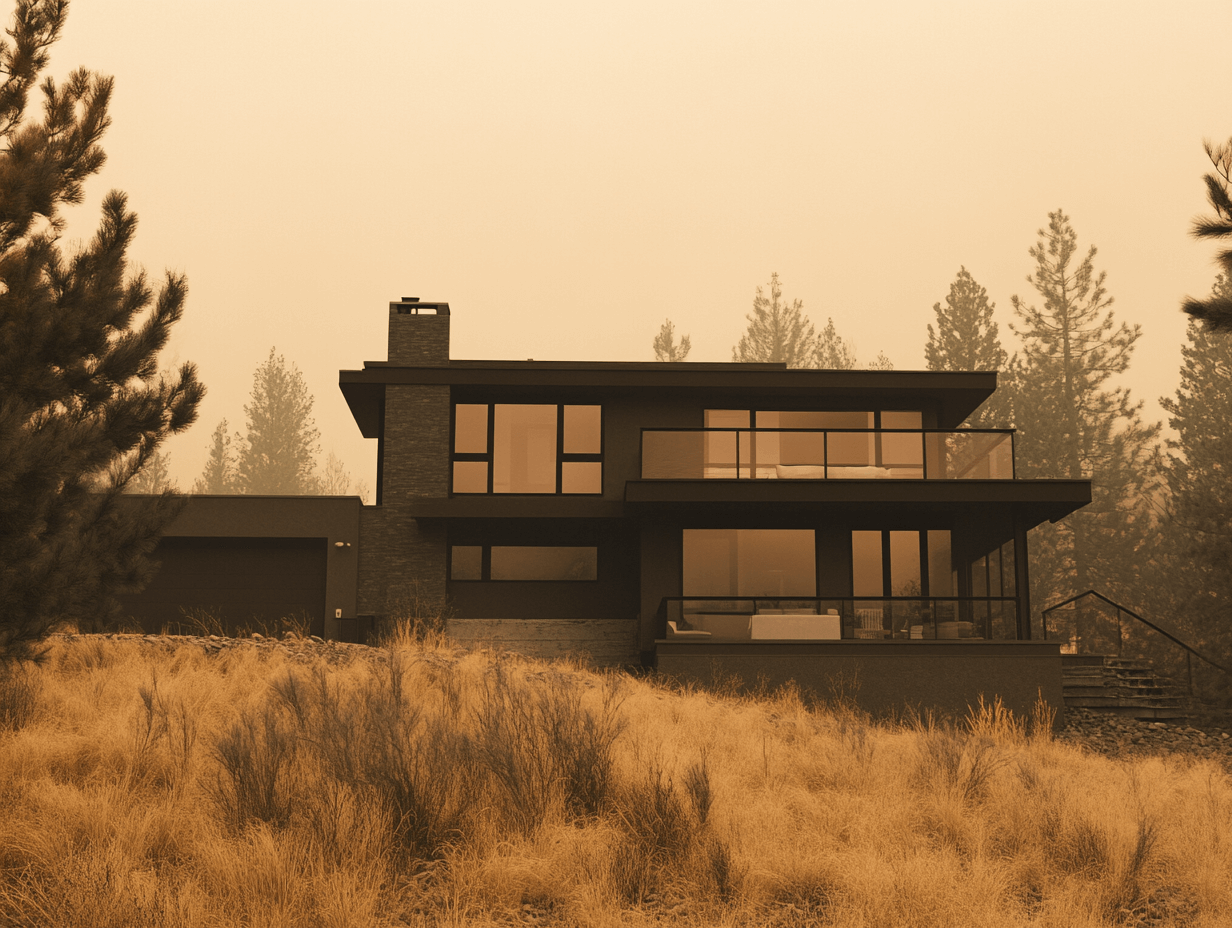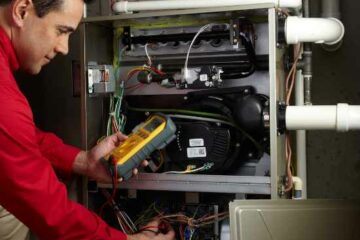Each summer, wildfires across British Columbia blanket the Okanagan Valley in thick smoke. While the hazy skies are a clear warning outside, the real danger is what you can’t see—fine smoke particles that creep into your home and affect the air you breathe.
If you live in Kelowna, West Kelowna, Peachland, or Summerland, here’s what you need to know about wildfire smoke, how it impacts your indoor air quality (IAQ), and what you can do to protect your household.
What’s in Wildfire Smoke—and Why It’s Dangerous Indoors
Wildfire smoke contains:
- PM2.5 (fine particulate matter small enough to enter your lungs and bloodstream)
- Volatile Organic Compounds (VOCs)
- Carbon monoxide
- Ash and chemical residues (especially when buildings or materials burn)
Once indoors, these pollutants can trigger respiratory issues, worsen allergies and asthma, and even increase long-term health risks—especially for children, seniors, and pets.
How Smoke Gets Inside Your Home
- Cracks around windows and doors
- Bathroom and kitchen vents
- Poorly sealed attics or crawlspaces
- Older or inefficient HVAC systems without filtration
- Opening windows during smoky periods
Even tightly sealed homes in the Okanagan can struggle to keep smoke out during peak wildfire season.
How to Improve Indoor Air Quality During Wildfire Season
1. Use a Certified Air Purifier
Look for portable air purifiers with a HEPA filter rated for wildfire smoke or PM2.5. Run them in the rooms you use most often (like bedrooms or living rooms).
2. Upgrade Your HVAC Filtration
Replace standard filters with MERV 13 or higher filters (check your system compatibility). These can trap much smaller particles and help purify circulated indoor air.
3. Seal Up Your Home
Use weather stripping or caulking to seal:
- Window edges
- Door thresholds
- Attic access points
Close fireplace dampers and avoid using exhaust fans that pull air from outside.
4. Don’t Rely on “Fan” Mode
Running your HVAC system on “fan” mode when it’s smoky can pull outdoor air in without filtering it. Set it to “recirculate” or “cool” with an upgraded filter installed.
5. Upgrade Your Air Filtration System
Why it matters: Not all HVAC filters are built to catch the fine particles found in wildfire smoke. Upgrading your filtration can significantly improve your home’s air quality.
What you can do:
- Install a HEPA filtration system to trap particles as small as 0.3 microns, including smoke, dust, and allergens.
- Add an air ionizer like the iWave-R, which helps neutralize airborne particles, viruses, and bacteria without generating ozone.
- Have your HVAC system serviced regularly to ensure airflow is optimized and filters are working effectively.
FAQs – Wildfire Smoke & Indoor Air Quality
Protect Your Home’s Air This Wildfire Season
If you’re concerned about smoke exposure and indoor air quality, Vision Plumbing Heating Cooling can help. We offer expert recommendations and professional installation of HEPA filtration systems, air ionizers, and other clean air solutions tailored to your home.




